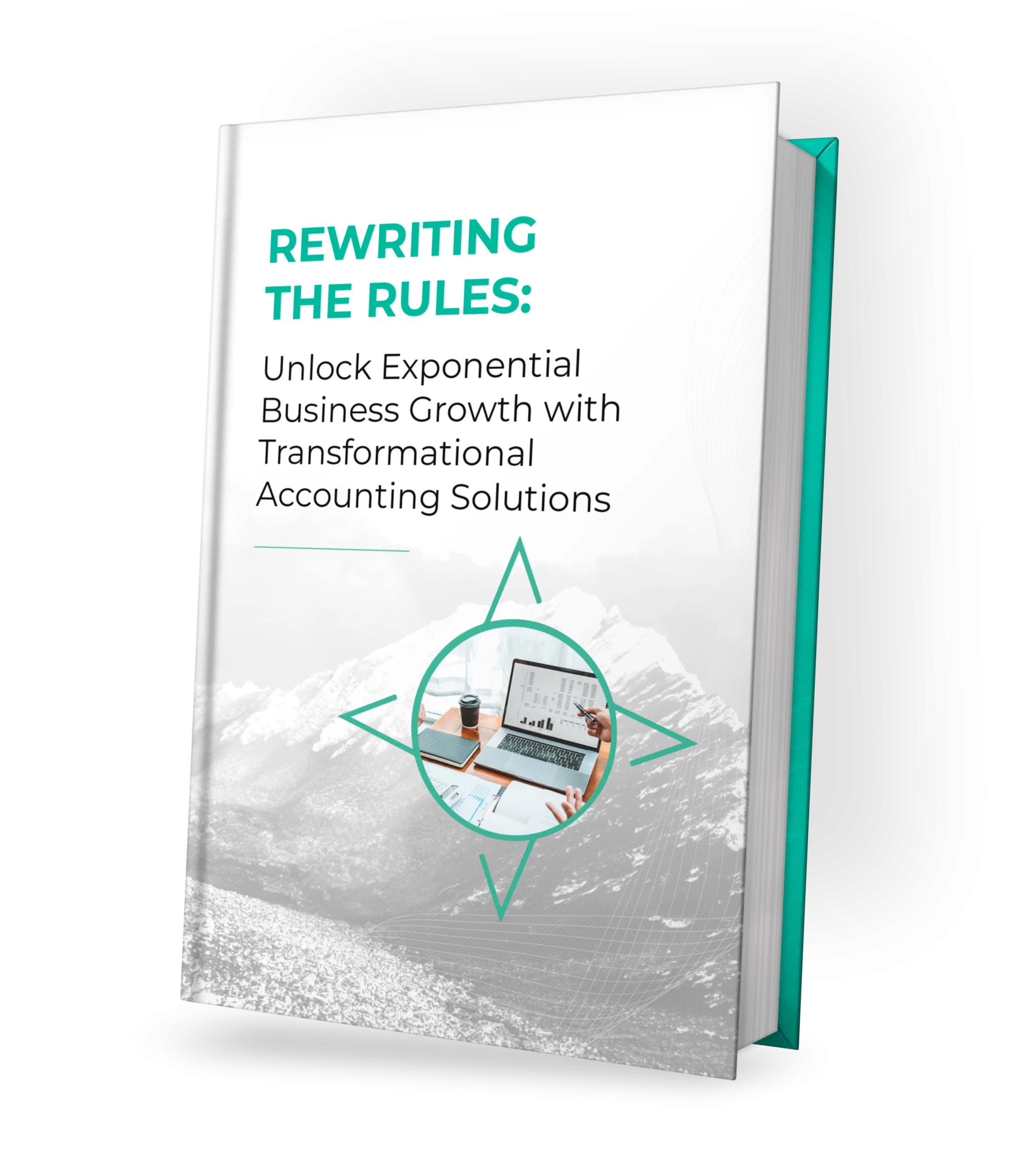It’s important for every startup to track certain metrics to understand their company’s performance regularly. That’s the only way to compare performance and benchmark against industry averages and competitors. It’s also the only way to avoid problems that, past a certain point, are impossible to recover from. Every metric matters – but some get to the very core of success and require obsessive attention:
Customer and Revenue Growth
Revenue and customer growth month-over-month, quarter-over-quarter, and year-over-year is a basic metric that every company should be tracking. Since acquiring customers and increasing sales are two core objectives of any business, the current growth and rate of growth over time reveal something fundamental about your business. Additionally, by tracking growth, you can better understand what inputs you may need in the future to meet increased demand and plan accordingly. Close tracking exposes when growth starts to dip (to take corrective measures) or climb upward (to continue what’s working). In that way, it’s an indicator of success and a facilitator as well.
Burn Rate
This metric shows how much cash the company spends each month and indicates how efficient the operations are and how close (or far) it is from running out of cash. A burn rate going up, especially without obvious explanation, can be a clear red flag if it goes unplanned. However, an increasing burn rate on its own may be perfectly acceptable if spend is planned and customers are being acquired.
Runway
The longer the runway (cash reserves divided by burn rate) the longer a company can go without raising additional capital and stick to its strategy without going into panic mode. But things change with every month the runway gets shorter. Runway is a metric that deserves regular updates and factors into every business decision a young company makes.
Customer Lifetime Value
This metric measures the total revenue an average customer brings in. This metric is a good indicator of customer engagement – satisfied customers buy more. Small changes up or down in this metric can have huge effects on future revenues and overall company value. Companies still trying to find what works can measure sales and marketing success by watching this metric.
Customer Acquisition Cost
This metric is the sum of all (1) sales and marketing, (2) paid advertising, (3) salaries, (3) contractors, (4) software and (5) anything else directly related to bringing in customers divided by the number of new customers gained over a specific period. Subtracting this cost from the previous metric reveals what each customer is actually worth, which is critical for financial forecasting and planning. Rising customer acquisition costs also indicate declining performance with sales and marketing. Early intervention can reverse this trend before it puts success out of reach.
Burn Multiple
Dividing burn for a period by net new annual recurring revenue (ARR) for the same period reveals, essentially, how much money it costs to earn a new dollar of revenue. Operational efficiency is what this metric explores, and unlike customer lifetime value and acquisition costs, it incorporates more than just sales and marketing performance – the whole company gets evaluated. Important to investors, burn multiple is also a helpful way to benchmark against peers.
How will you track these metrics, and what will you do with the information? Proseer can put data at your disposal and help you use performance insights to your advantage. Build a strategy for success – contact our team.

